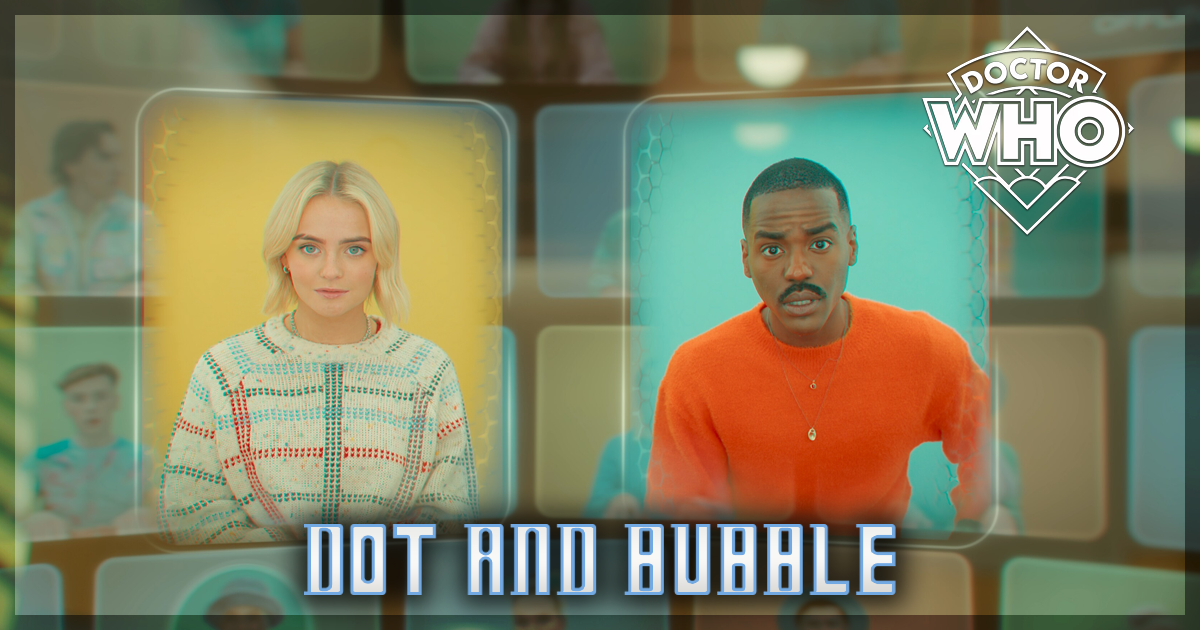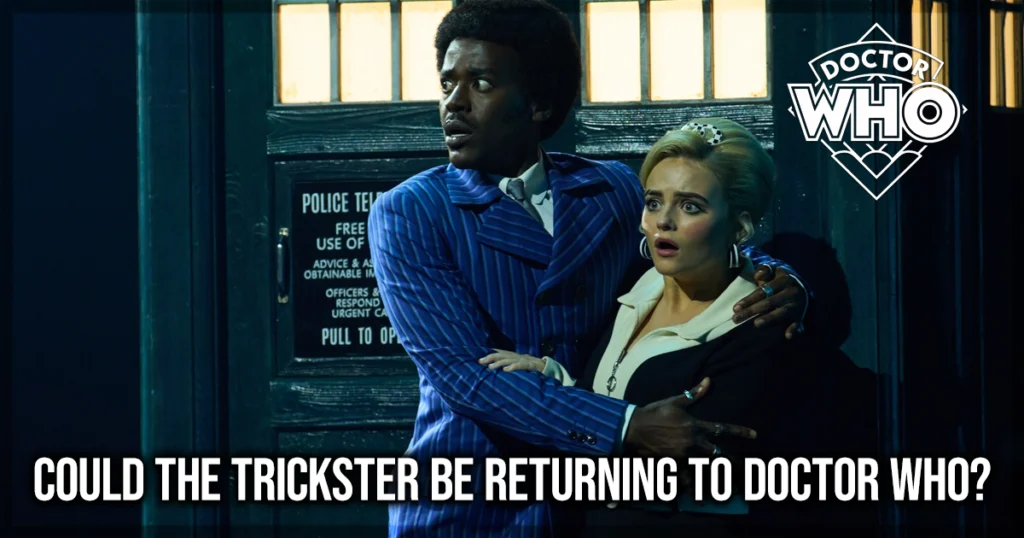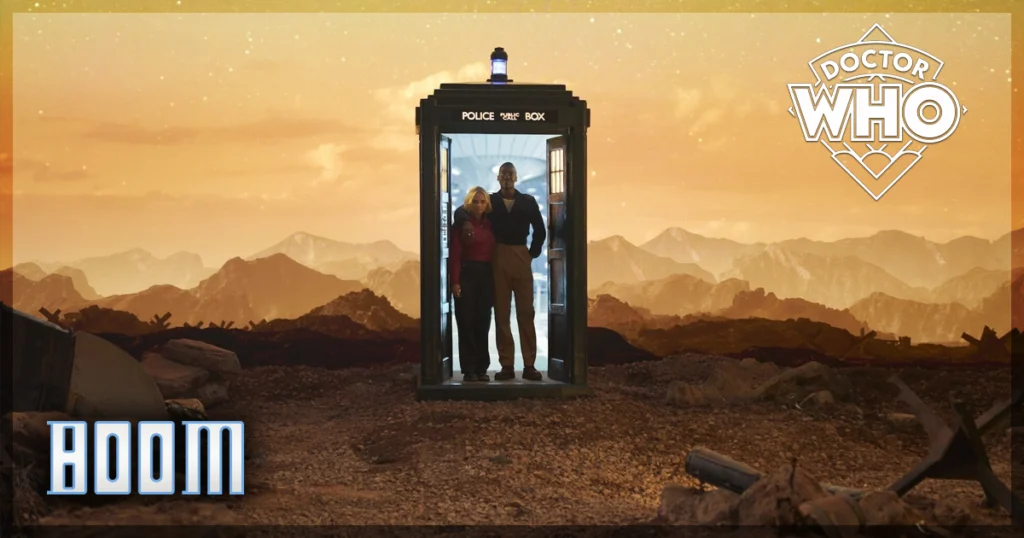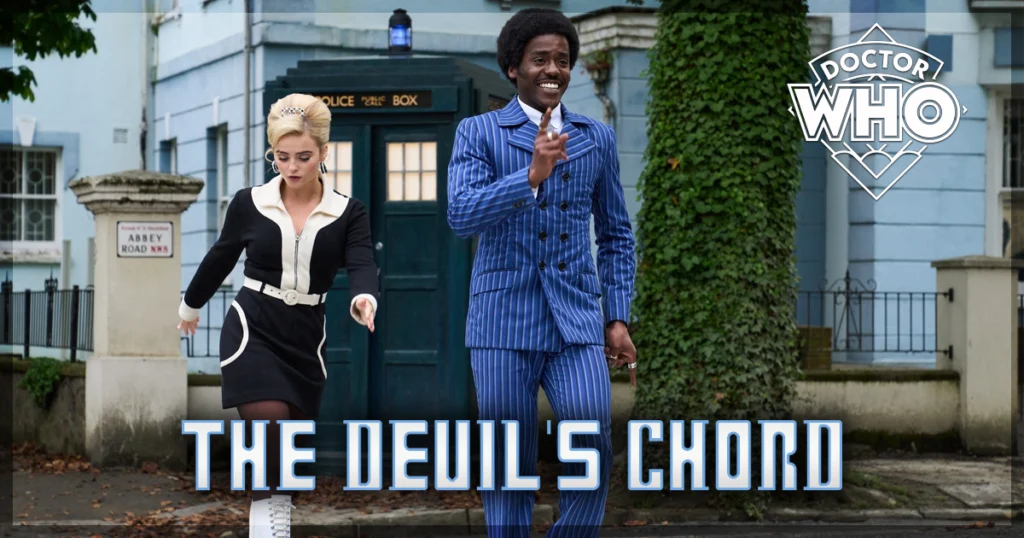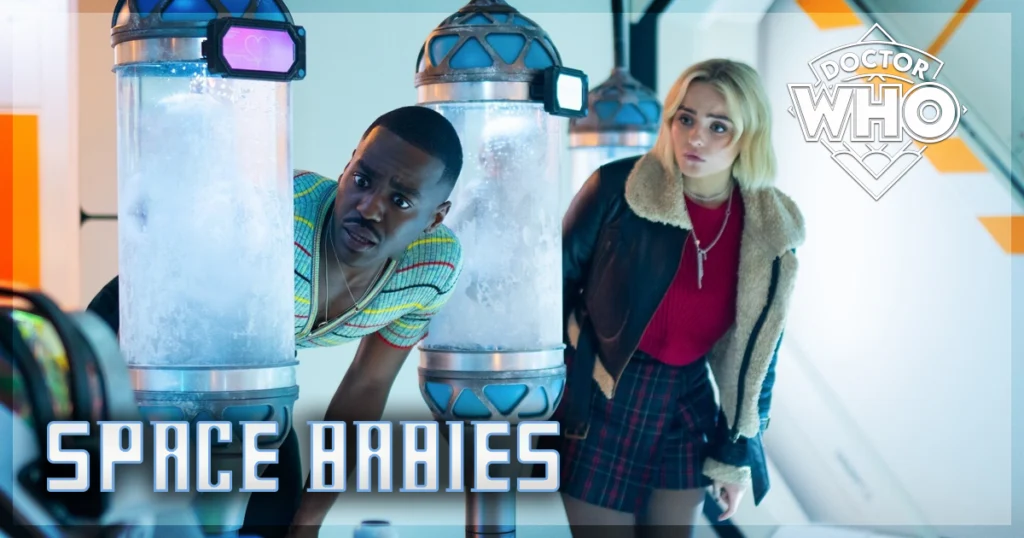Holding a mirror up to society is typical of science fiction. For the last decade or so, it’s been a little less common in Doctor Who, as the show has taken a less allegorical path, with episodes like Rosa, which tackled segregation with a literal Rosa Parks refusing to sit in the “colored” section of a bus. Newly re-appointed show-runner Russel T Davies has taken back the reins and has worked to refocus the show on being a conduit for societal reflection. In Dot and Bubble, the dial for this is turned way up in Doctor Who’s most piercingly satirical episode to date. To write a cliche, it is by far the most Black Mirror-esque episode in a show that once had politicians be aliens full of hot air.
[There are spoilers ahead for Doctor Who: Dot and Bubble]
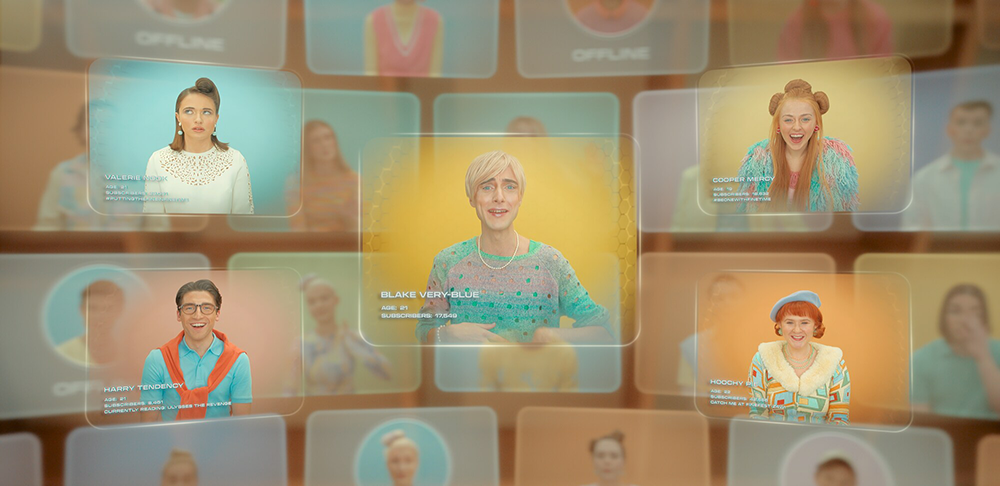
The story of Doctor Who: Dot and Bubble
Dot and Bubble welcomes you to Finetime, a futuristic society of terminally online 18-27-year-olds who market themselves as influencers by being visible to everyone all the time through Dot and Bubble technology. This artificial intelligence summons a holographic bubble of other influencers also using this social media, in a way that obscures the physical world, all while instructing them on their everyday tasks. This collection of people – whom we find out are all rich and from well-off families – can’t walk without being guided by dot and bubble technology, refuse to drop their devices to see the world around them, and complain about having to work two hours a day.
The episode begins with Lindy Pepper-Bean (Callie Cooke), a blonde-haired, white girl who spends all of her time interacting on the bubble social media. When the Doctor appears on her bubble to warn her about a danger, she instantly blocks him, refusing to engage with someone heralding danger and disrupting her life. Lindy represents the privileged upper class, being sent to live on this pseudo-boarding school planet by her mum – played by Susan Twist, again appearing in the show. Not to repeat from prior reviews, but the payoff to her cameos better be worth it, especially with how clunkily executed this one is. But after Ruby appears on screen and persuades Lindy to lower her bubble, she realizes that the utopian society she lives in is slowly crumbling due to an infestation of giant man-eating slugs.
Dot and Bubble Offers a Gen Z Critique Without Nuance
This being a critique of ‘Gen Z’ and the modern youth is obvious and without nuance. The slugs, which were created with hybrid practical/digital effects – Praise be! – are gobbling up the influencers in a seemingly random order before an artificial intelligence twist occurs that shows just how toothless and condescending the critique of Gen Z is. Even an appearance of fellow influencer Ricky September (a charismatic Tom Rhys Harries) comes across as patronizing to the audience it is discussing.
But there are bigger thematic slugs to fry in Dot and Bubble. To tell you directly what the episode is about – you can infer the class politics easily – reveals a hidden undercurrent that is best off experiencing, but know that this episode has a searing final few minutes that contextualizes the more obscure characterizations and actions of the rich white girl Lindy Pepper-Bean while also clarifying – if you ever needed more – how phenomenal an actor Gatwa is as The Doctor.
This is another doctor-lite episode, as Gatwa intermittently appears on Lindy’s screen, warning her about the danger she faces until his physical appearance in person near the end. Think Blink, where the Doctor is on a laptop screen for most of the episode. Davies wrote these episodes as Doctor-lite due to scheduling conflicts with Gatwa’s responsibilities for Season Four of Sex Education.
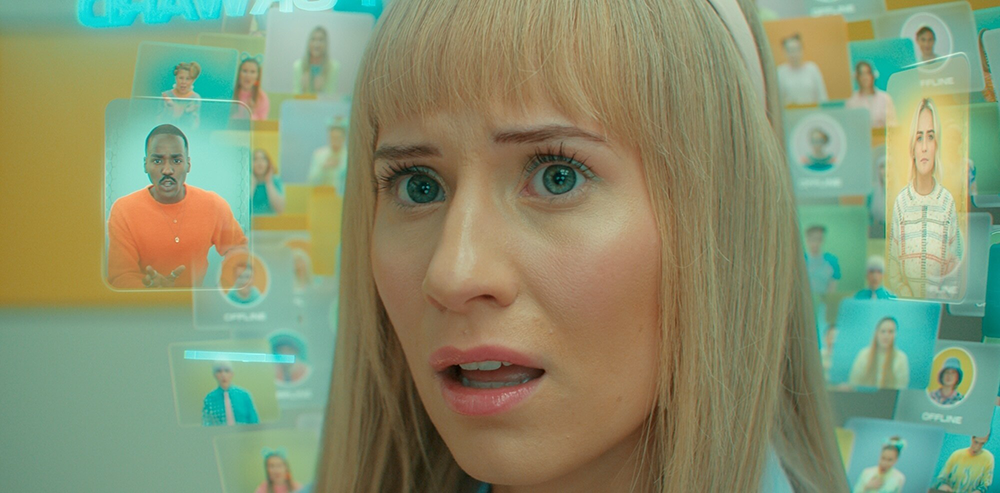
This is also the second episode in a row directed by Dylan Holmes Williams, but where 73 Yards was curiously creepy, its folk horror elements 73 yards of distance away, this is a pressure cooker of tension, a creepy creature feature where the scares are invoked through intrusive nostril-gazing close-ups of Lindy’s frightened face. Cooke, in a performance laced with microaggressions that stem from her snobbish upbringing, is an excellent protagonist and foil to Ruby and the Doctor’s presence. This is a true breakout role for Cooke, who can next be seen in the ITVX comedy drama Piglets, although hopefully playing someone who is a little less of a toff.
What strikes me most about 73 Yards and Dot and Bubble is in Davies’ script and Williams’ direction. Both episodes act as subversions of Doctor Who, a show that has subverted itself in recent years, with the last two incarnations of the Doctor not being the white men that the Doctor is predominantly assumed to be. 73 Yards chooses to subvert by leaving questions unanswered, while Dot and Bubble subverts and contradicts the very central conceit of the show: the Doctor saves people.
Still a Thrilling Sci-Fi Romp
What we know of the character is that he will, above all else, always attempt to save people. Dot and Bubble deconstructs this in a way that makes the episode really stand out, just as 73 Yards stood out from the pack. For a show that is laced with political inference – the Doctor’s most iconic villain is the Daleks which are, after all, just Space Nazis – this season has doubled down on it. Even if Dot and Bubble is quite simplistic on certain matters around artificial intelligence, social media, and doesn’t quite have its finger on the pulse for what truly makes Gen Z and other prejudiced people in our society tick, it’s a thrilling sci-fi romp whose sting of a finale continues to contribute to the reinvigoration of the show.

